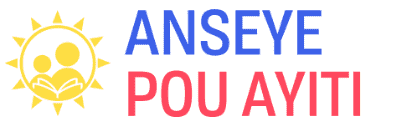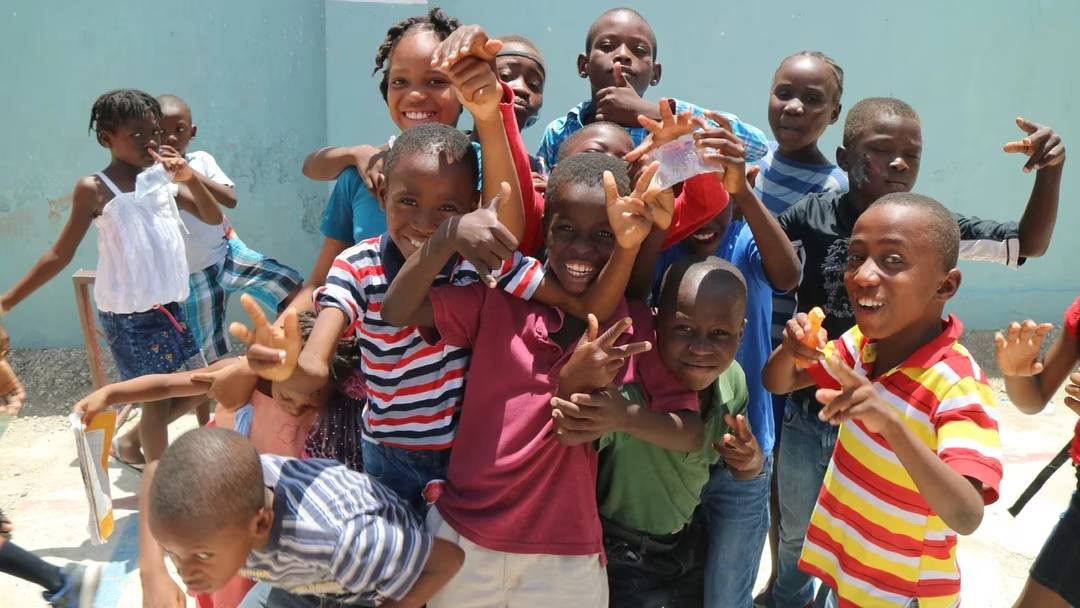For centuries, corporal punishment has been rampant in Haiti.
The use of batons, kneeling, and other punishments have many adverse effects on people. Nevertheless, schools have always used that method to make students learn.
Today, almost everywhere you go, everyone is talking about active learning. What is active learning? What are its advantages? At what level could we use active learning? Is there a particular material for use in active learning? Several people talk about active learning. These people include Maria Montessori, Philippe Meirieu, Ovide Decroly, Marguerite Altet, Célestin Freinet, etc. Some believe that learning is the development and training of the learner as a person (Ovide Decroly). Some believe in training the learner as a social person, a member of their community. Striking the interest of the learner community to push them to act (socialist and productive pedagogy / Célestin Freinet). John Dewey says you should not force the child to learn but have them commit to learning. Learning activities must be exciting and meaningful to the learner. Roger Cousinet says if teachers want learners to understand, they must stop instructing because learning is seeking information.
Out of these authors, who is wrong and who is right? We don't know.
But at Anseye Pou Ayiti, because the adage says: "Ride on the shoulders of those who came before us to see further," we take what we consider right in each approach and add a dose of love. To repeat Rita Person, children do not learn from people who don't like or people who don't like them either.
In our context, active learning is about building relationships based on love and respect among learners and teachers inside and outside the classroom while each learner is committed to seeking information that will enable them to debate, grow, and become productive citizens that bring positive results to the community.
When you use active learning in your classroom, you get more information quicker, which means more knowledge while teachers make less effort. Learners are more motivated. They take time to think, become independent, take initiative, and show creativity. Active learning fosters learning as well as analytical and critical thinking. The learners do want to learn. They love school because what they do at school is what they do and live in their daily lives.
At any level, you can use active learning, from preschool to high school. Each class has its dimension.
There is no particular material for active learning. It's the same materials used differently. Did you know that some people who have finished school have never used a measuring tape and may never have the chance to use it in their chosen profession in the future? Many young people who study civil engineering, sewing, etc., when they go to the university, they will finally be using this material that was in front of them daily. Instead of telling the learner that the right angle measures 90°, ask her to draw the figure you know she will find the right angle in it. Ask her to measure the angles, discuss with other learners, and discover when the right angle and 90 ° are the measures. She will never forget what she finds.
Teachers, today, active learning offers us the opportunity to produce people who are complete to take over for when we retire. Let's stop making them repeat like parrots what others have said. Put them in an environment where they will produce from experience and discovery. As we use active learning, we will also discover with which materials each learner is most comfortable and guide them towards a good fit for their professional life.
That way, they won't have to spend a year investing in something only to realize that it's not for them. Sometimes, they try in another field; other times, they give up or say: I am already there, I will keep going. But what they have studied is useless because it's not what they wanted to do.
If you train them in an active learning environment, we will have more learners who succeed in life. Let us teach them well today to be to transfer the knowledge to future generations.
Let's teach them for Haiti !!!

